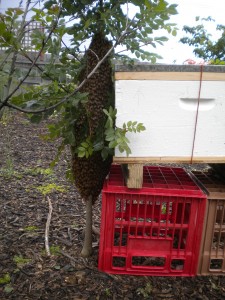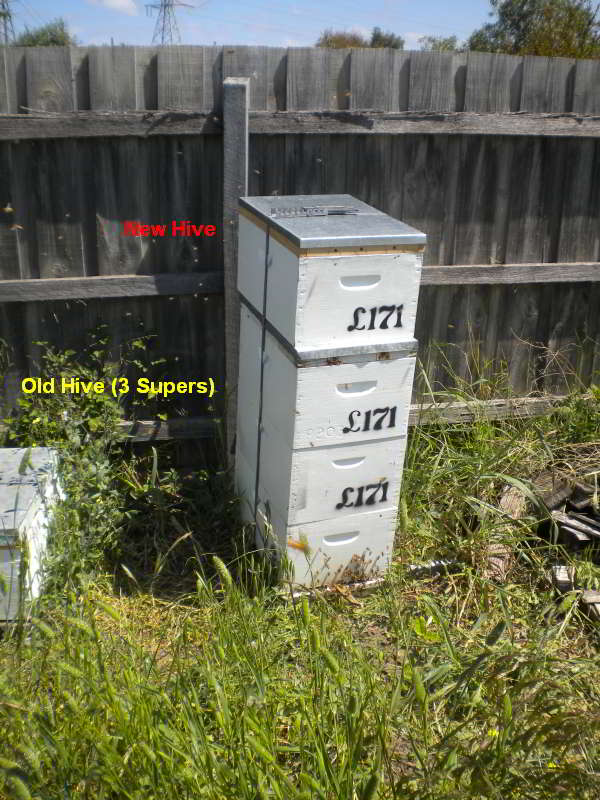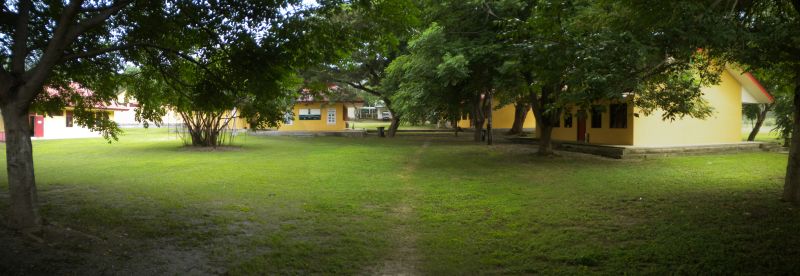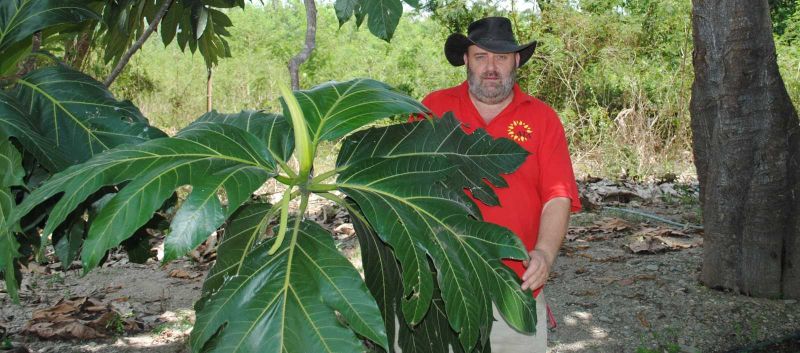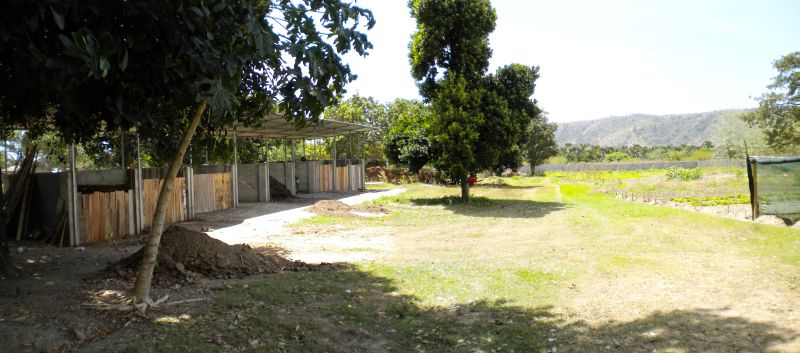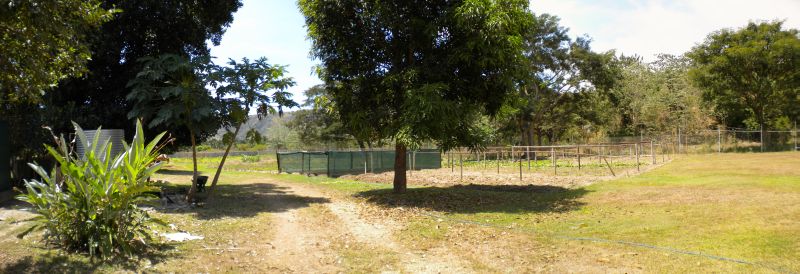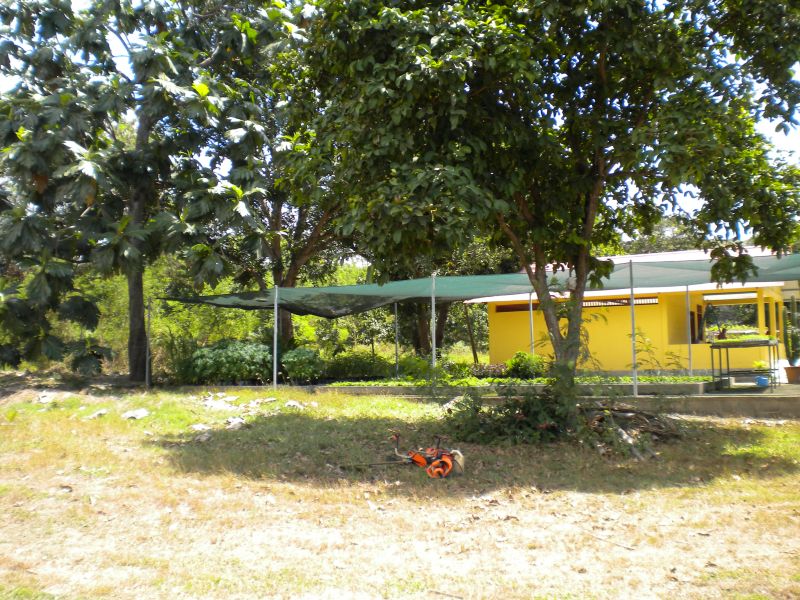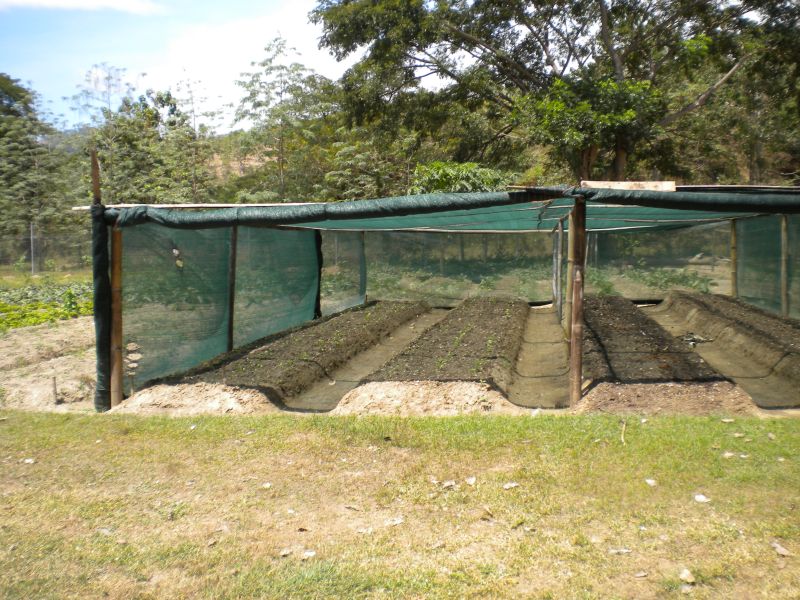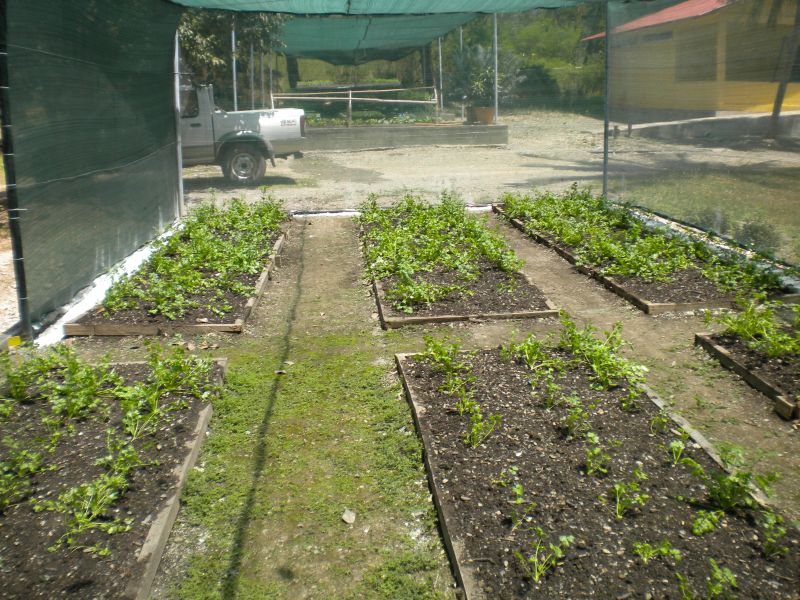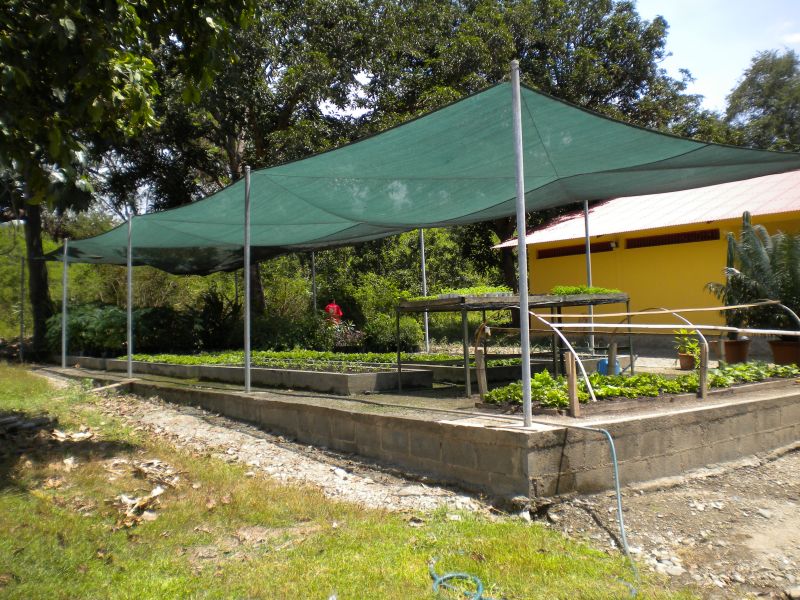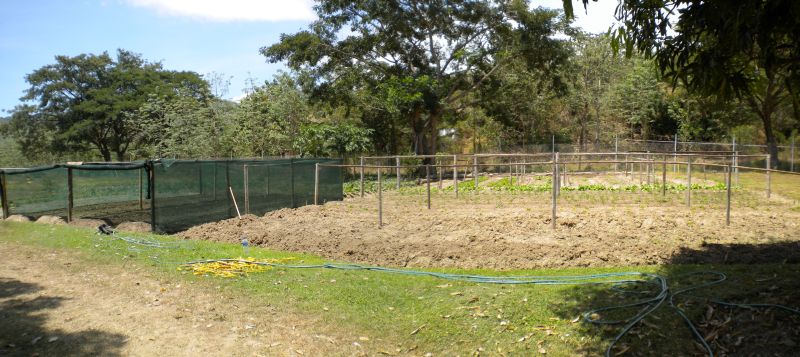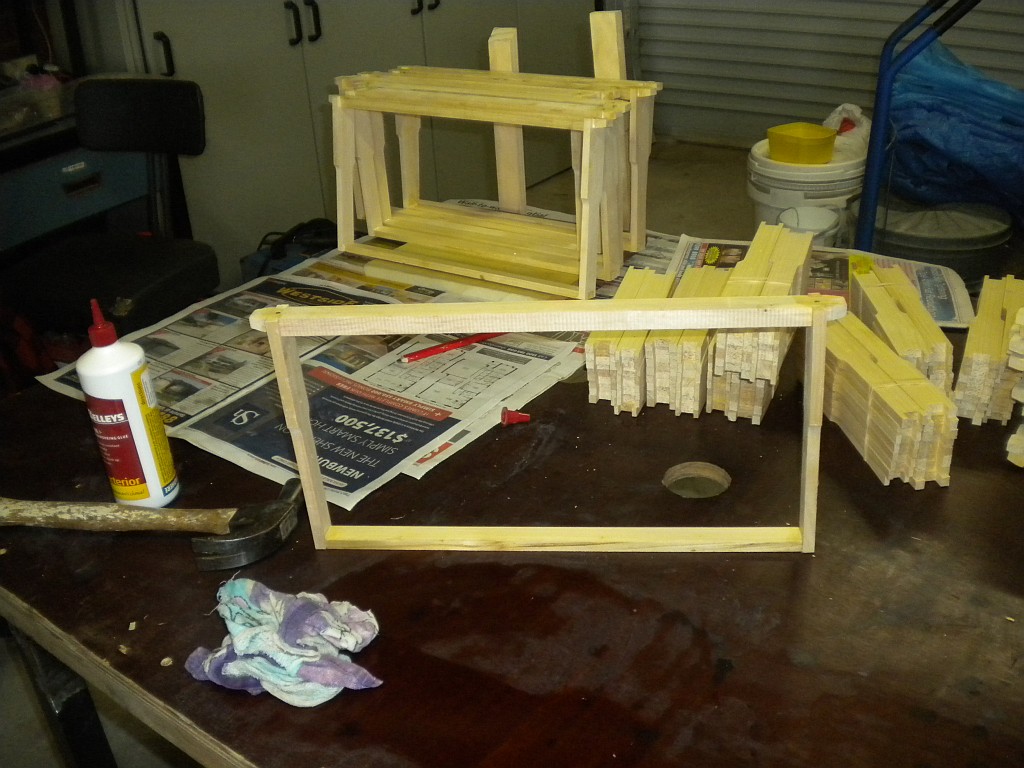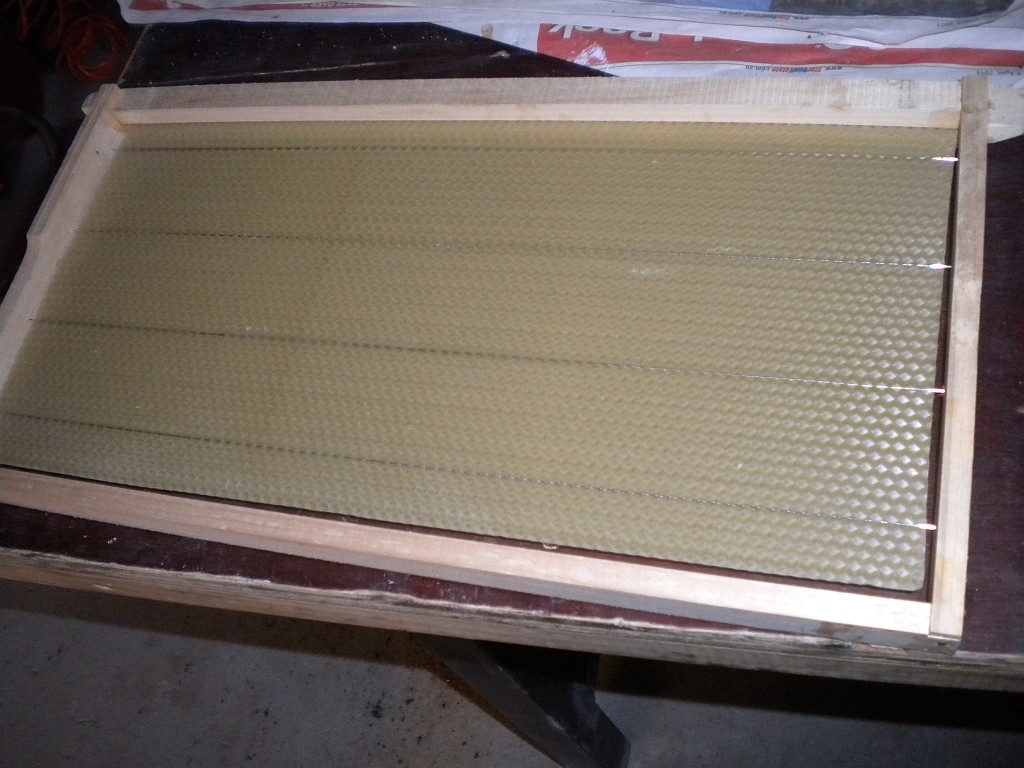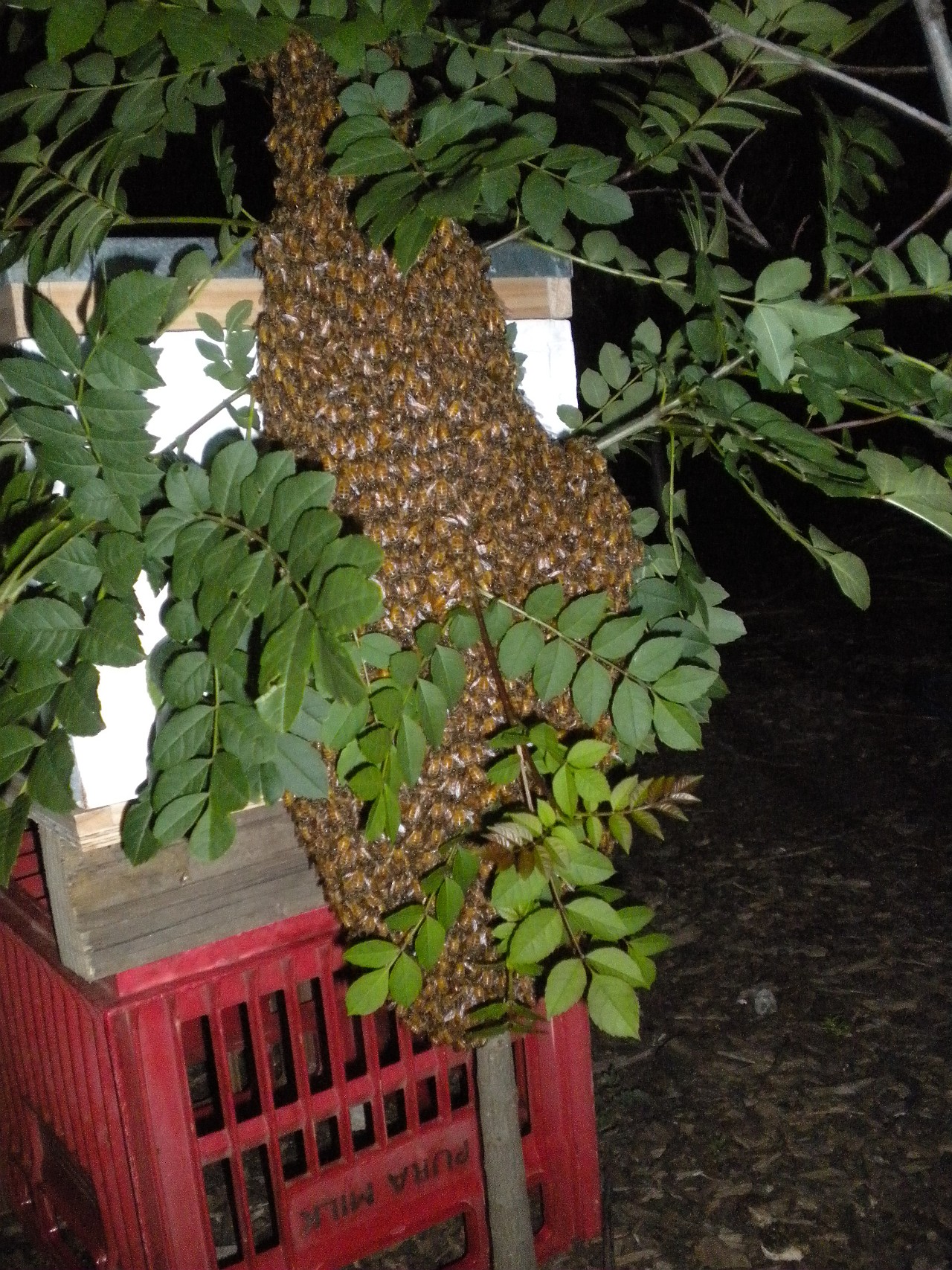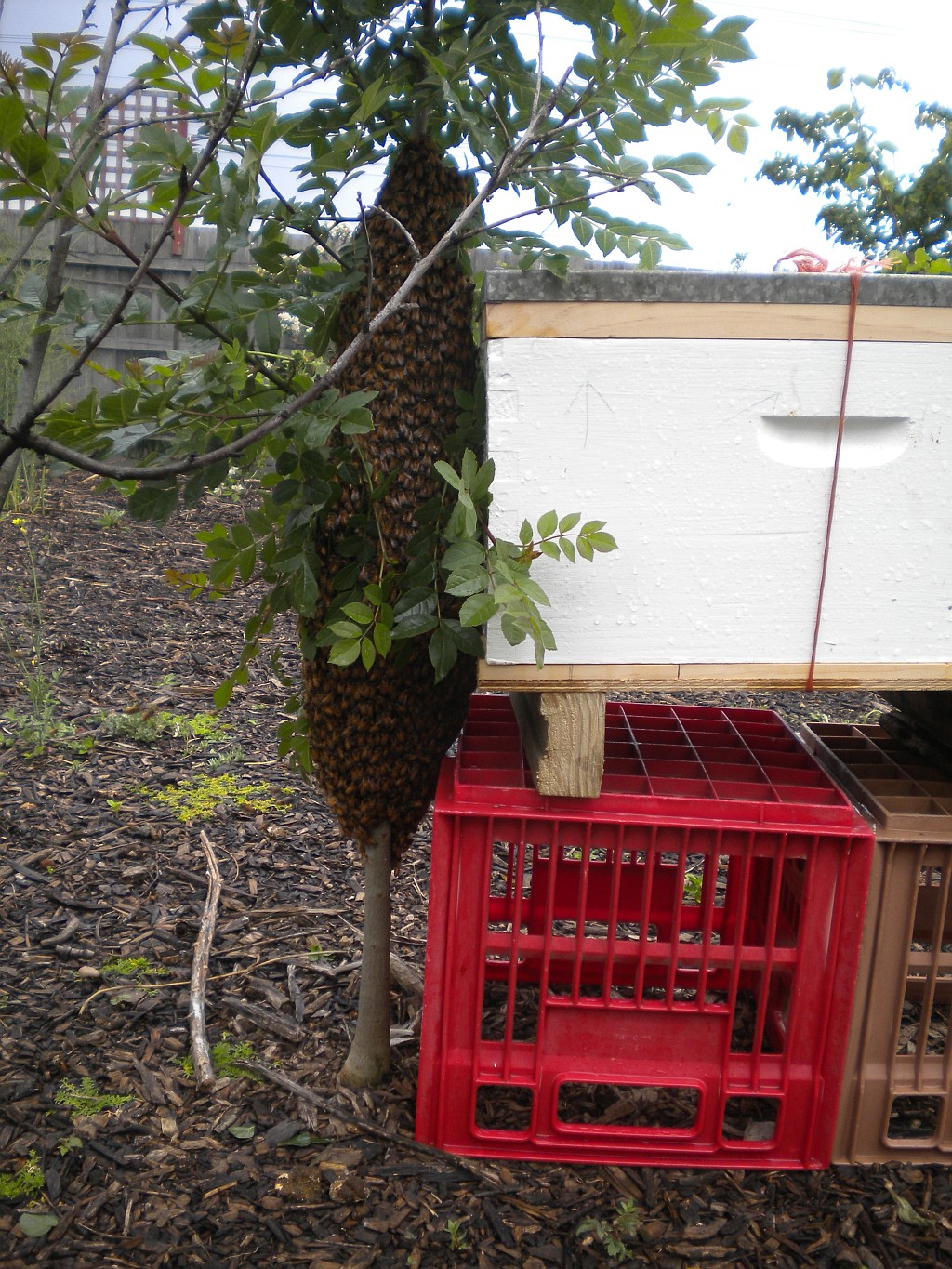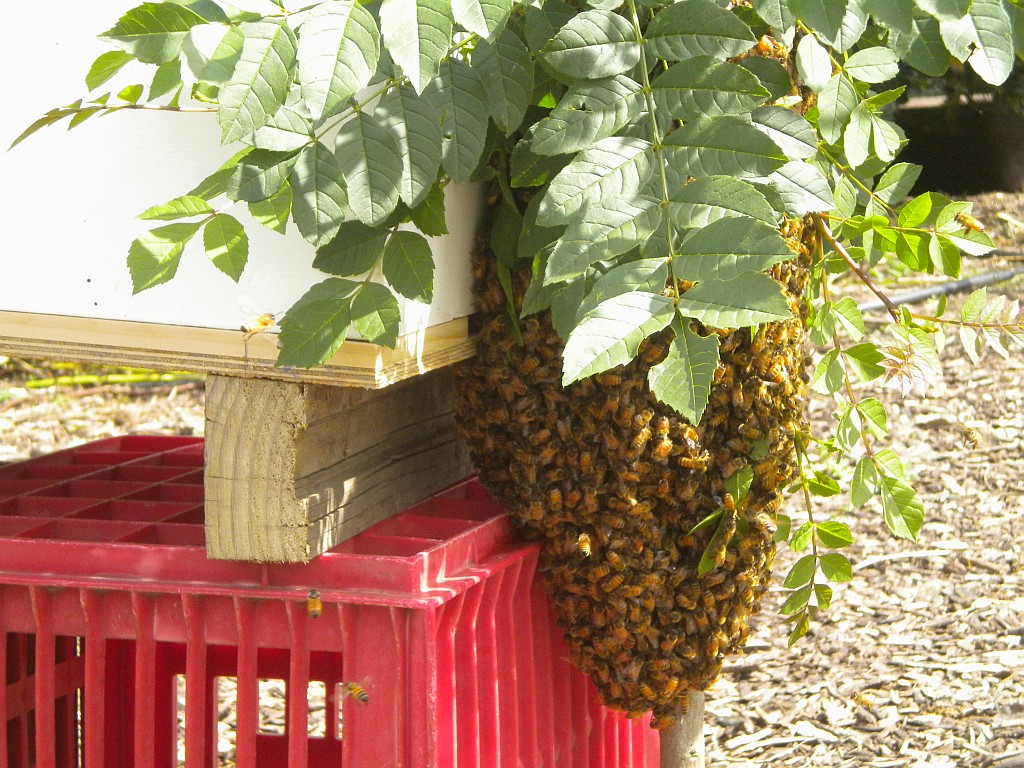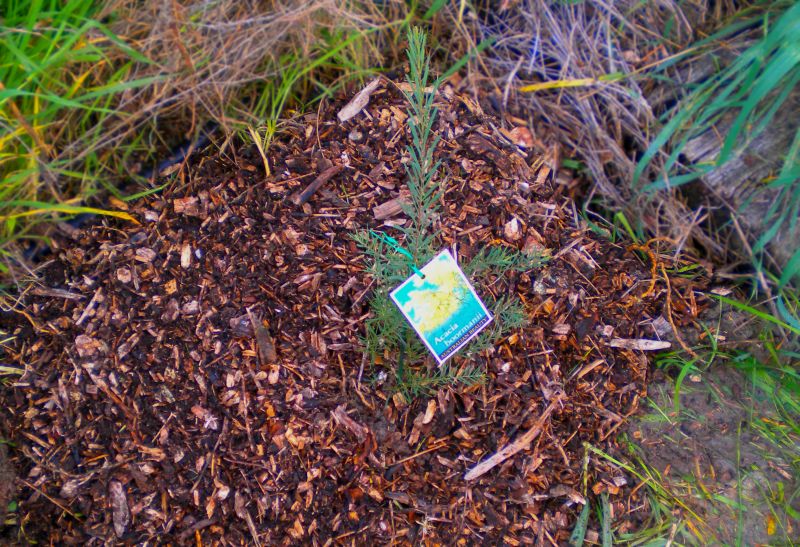An update I actually started to write before Christmas! That summer break just broke my will to write 🙂
After being unsuccessful collecting two swarms (the little buggers apparently didn’t like the accomodation we set up for them and flew off) we decided to split a hive to get a new colony started.
Splitting a hive is essentially artificially swarming to create two hives from one. The idea is that you remove the existing queen and some bees, brood and honey from the existing hive and place it in a new hive. The existing workers will leave the new hive to go foraging but will return to old hive as that is where they are used to returning (a bit like homing pigeons). As the new workers hatch and eventually go foraging they will always return to the new hive as it is their home. The queen will happily continue to lay eggs in the new hive since we have moved some of the frames she is used to working on.
The workers in the existing hive will realise that the queen is gone and, if none are already growing, will create a new queen by feeding some larva on royal jelly to make sure they become queens. This is exactly what happens when the hive swarms so we are mimicking a swarming event.
We checked to confirmed there were new queen cells in development and then set about creating the new colony.
First we assembled a new box and frames leaving a four frame gap in the new hive to place some frames from the existing hive.
Then we took out four frames of brood (in various stages of development) and honey, making sure we included the queen and placed them in the new hive. This new hive was placed on top of the original hive with a lid in between them. The top hive was placed with the entrance in the opposite direction to ensure the bees didn’t get confused about which hive was which. It’s interesting that, when bees are move more than a kilometer they re-orient themselves immediately in their new surroundings but they can get confused and lost if the hive moves as little as 1 metre.
After a week or so we started to rotate the top around, a little each day, until it was facing the same way as the others. We then moved it next to the original on a stack of crates and, over the week we lowered in into it’s final position.
Both hives are doing well , the old hive has successfully re-queened and the new hive is forging ahead with the original queen. In fact, it’s going so well that I had to add a third super just before I left for Timor.
UPDATE: While I’ve been away, my beekeeping mate has had to add a fourth super because the third super is now full of honey!! I may be able to extract a couple of frames when I get home! Woo Hoo! 🙂
